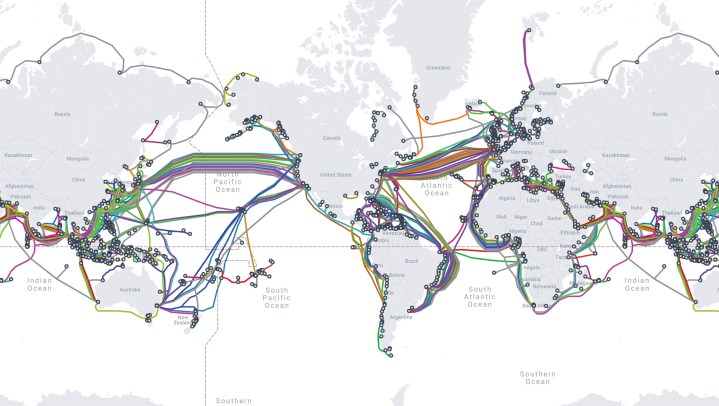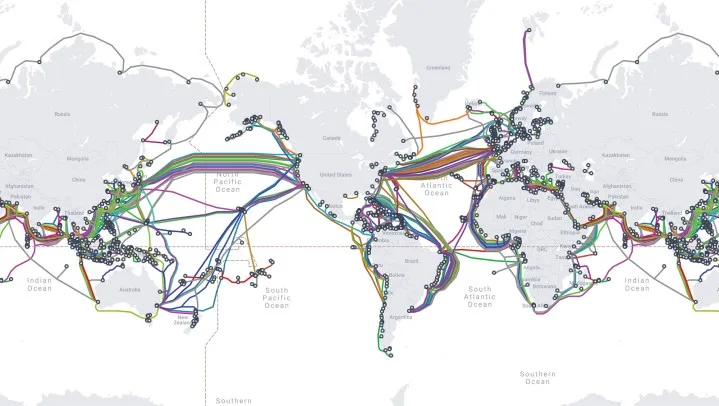We all experience the frustrations of sluggish internet speeds, but the Google Taara chip promises to deliver connectivity to hard-to-reach locations at remarkable speeds of up to 20 Gbps. After years of development, the team has unveiled its next-generation Taara chip.
Taara is based on silicon photonics, which essentially means it transmits data through thin air using light beams. While the initial version was functional, it faced constraints due to a complex array of mirrors and apparatus needed to direct the beams. The latest iteration harnesses sophisticated software for beam steering, enhancing usability.
Previously, the original Taara Lightbridge was roughly the size of a traffic light, which seems small from a distance but is bulky up close. In contrast, the new version has been miniaturized to the size of a fingernail.

By utilizing light as a transmission medium, Taara taps into virtually limitless bandwidth in the electromagnetic spectrum. For a quick science refresher, the electromagnetic spectrum comprises various frequencies, with visible light being one of them. Taara operates within the spectrum range between infrared and visible light.
Employing a narrow, invisible beam of light, Taara can send data at speeds of 20 Gbps over distances up to 12.4 miles (20 km). Setting up the chip is straightforward and can be completed in a few hours, in stark contrast to the lengthy installation times associated with traditional fiber optic networks.
The rollout of Taara is expected in 2026. While the setup process is quick, widespread acceptance of the technology may take longer. It could be several years before it’s commonly accessible to everyday users, but this advancement represents significant progress and is critical for extending internet access to locations where conventional infrastructure cannot reach.





